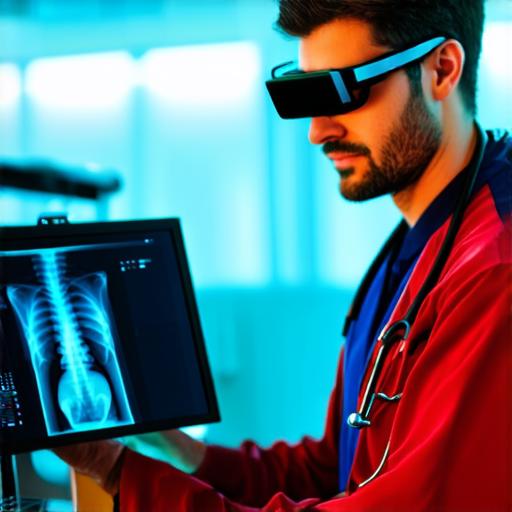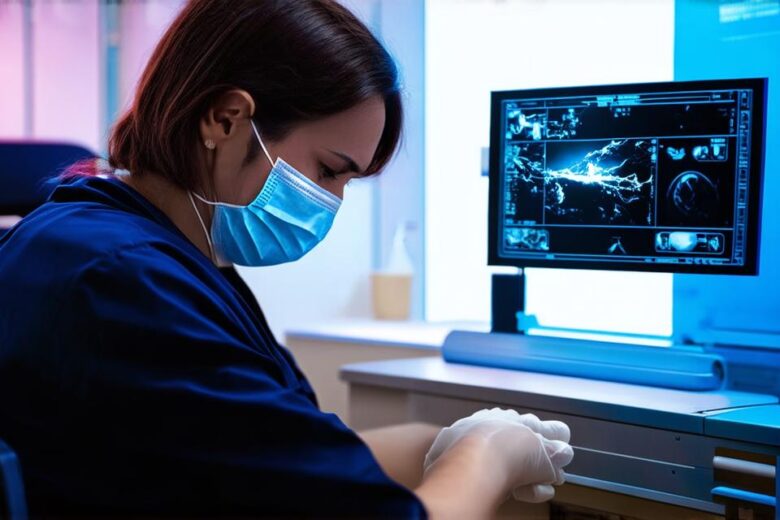Augmented reality (AR) is a technology that enhances real-world experiences with computer-generated graphics and information. In recent years, AR has gained popularity in various industries, including healthcare. The healthcare sector has adopted AR technology to improve patient outcomes, streamline processes, and reduce costs. This article will explore how augmented reality is applied in the healthcare industry.
AR in Surgical Procedures:
One of the most significant applications of AR in healthcare is in surgical procedures. AR can help surgeons visualize the internal anatomy of a patient during surgery, providing them with real-time information and guidance. This technology allows for more precise and accurate surgeries, reducing the risk of complications and improving patient outcomes. For example, AR can be used to guide surgeons in performing delicate procedures such as cataract surgery or brain surgery.
AR in Medical Education:

AR is also being used in medical education to enhance the learning experience for students and healthcare professionals. With AR, students can visualize complex anatomical structures in 3D, allowing them to gain a deeper understanding of human anatomy. This technology can also be used to simulate surgical procedures, giving students hands-on experience without the need for actual patients.
AR in Patient Care:
AR is being used in patient care to improve communication between healthcare providers and patients. For example, AR can be used to create virtual reality experiences that help patients manage pain and anxiety during medical procedures. This technology can also be used to provide patients with real-time information about their health conditions, allowing them to make more informed decisions about their care.
AR in Remote Healthcare:
AR is being used in remote healthcare to improve patient outcomes and reduce costs. With AR, healthcare providers can remotely monitor patients’ vital signs and provide real-time guidance on treatment options. This technology can also be used to perform virtual consultations, allowing patients to receive medical care from the comfort of their own homes.
AR in Medical Research:
AR is being used in medical research to enhance the accuracy and speed of scientific discoveries. With AR, researchers can visualize complex data sets in 3D, making it easier to identify patterns and correlations. This technology can also be used to simulate clinical trials, allowing researchers to test new treatments before they are approved for human use.
Summary:
Augmented reality is a powerful tool that has many applications in the healthcare sector. From surgical procedures to medical education, patient care, remote healthcare, and medical research, AR is improving patient outcomes, reducing costs, and streamlining processes. As AR technology continues to evolve, it will undoubtedly play an even more significant role in shaping the future of healthcare.
